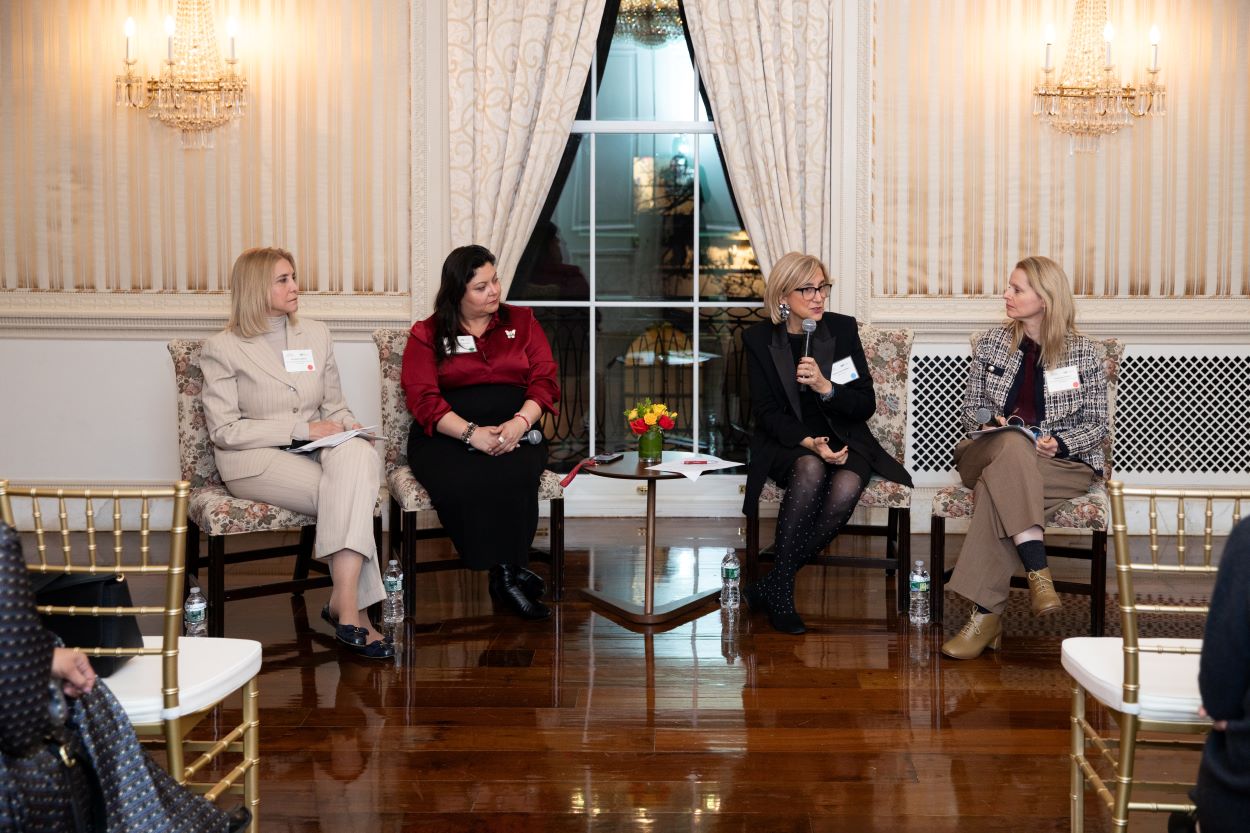Using Phones to Improve Financial Inclusion in Peru
Using Phones to Improve Financial Inclusion in Peru
A new mobile payment system is set to formalize banking for millions of Peruvians, especially in rural areas.
With 32 million mobile phones for 30 million people, a new project in Peru is betting that mobile banking will be a core component to improving financial inclusion in the country.
In December 2015, the country’s financial institutions launched Bim, a mobile payment program, through a company they collectively own and operate. The program unites all the institutions’ customer interfaces into one system, allowing Peruvians to easily send money between accounts in different banks—the only one of its kind in the world, reports Bloomberg.
The program is aimed at rural Peruvians in particular, focusing on ease of use and accessible, low-tech language with phrases like “putting money in the phone” instead of “making a deposit,” says Carolina Trivelli, the managing director of Peruvian Digital Payments, which operates Bim. While just 1.4 percent of rural Peruvian homes have access to the Internet, 95 percent of districts in Peru have mobile coverage, which is significant in a country whose territory runs from the Pacific through the Andes to the Amazon, much of it remote.
Peru has one of the lowest rates of financial inclusion in the Americas. In 2012, just 23 percent of men and 18 percent of women ages 15 and up had access to financial institutions or use of services such as a debit card. In December of that year, Peru passed a law to regulate and facilitate electronic financial transactions, making it easier for Peruvians to bank on their mobile phones. By 2014, financial inclusion had risen to 36 percent of men and 23 percent of women—29 percent of all adults—though that’s still well below the 51 percent rate throughout Latin America and the Caribbean. The Peruvian government, with support from the World Bank, has set a goal of 75 percent inclusion by 2021.
As presidential candidates present their policy proposals before April’s general elections, local media reports that observers will be looking to see how they include mobile and technology infrastructure in their platforms.
Join us in Lima or via live webcast on January 21 as experts address innovation and technology in Peru at #peruASCOA.









